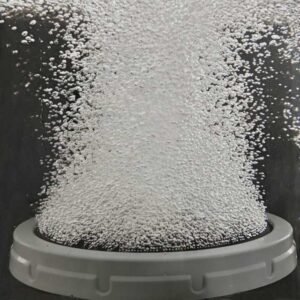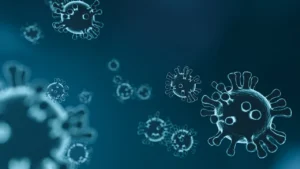
what is the purpose of aeration in water treatment ?
what is the purpose of aeration in water treatment ? This is a core problem in water treatment. Aeration is a process of forcing air (or oxygen) into water, and it is a key link in many water treatment processes, especially biological wastewater treatment.
1. Definition
Aeration refers to the process of bringing air into full contact with water by physical methods (such as mechanical stirring and bubbling) to increase the concentration of dissolved oxygen in water, while also removing some volatile substances in water.
Think of it as an oxygen pump used in a fish tank, which is designed to put air (oxygen) into the water so that the fish can breathe. The same is true of aeration in sewage treatment, but on a larger and more complex scale.


2. The main purposes of aeration can be divided into the following aspects:
• Core purpose: To provide oxygen for aerobic microorganisms
This is the most important and fundamental purpose of aeration in wastewater biological treatment (such as activated sludge process). Working principle: Wastewater treatment uses microorganisms (activated sludge) to decompose organic pollutants in the water (such as carbohydrates, proteins, fats, etc.). This process requires a large amount of oxygen.
Microbial respiration: Aerobic microorganisms need to inhale oxygen (O₂) to carry out metabolic activities, oxidize and decompose organic pollutants as “food”, and finally produce harmless carbon dioxide (CO₂) and water (H₂O), and reproduce themselves.
The function of aeration: Without aeration, the dissolved oxygen in the water will be rapidly consumed, resulting in the death of microorganisms and the failure of the treatment process. The aeration system acts like a “lung”, continuously supplying sufficient oxygen to the microbial community to maintain its activity and efficient degradation capacity.

• Other important purposes
a. Stirring and mixing to prevent the activated sludge from settling at the bottom of the aeration tank, keeping it in suspension to fully contact and mix with pollutants in the water. Ensure uniform water quality throughout the reactor (such as pollutant concentration, pH, temperature), avoid dead corners, and improve treatment efficiency and stability.
b. Remove odor and volatile substances Through the agitation of water flow generated by aeration and air bubbles, some volatile substances (such as hydrogen sulfide H₂S, ammonia NH₃) that produce odor in the water can be blown away and carried away by air, thus reducing the odor of water.
c. Oxidation Oxygen in the air can directly oxidize some reducing substances in water, such as the oxidation of divalent iron (Fe²⁺) to trivalent iron (Fe³⁺), which can be removed by subsequent precipitation process after forming a precipitate.
d. Improve dissolved oxygen levels (for water conservation) In non-waste water treatment areas, such as lakes, river management and aquaculture ponds, aeration (also called “oxygenation”) can improve the dissolved oxygen of the water, prevent fish from dying due to lack of oxygen, and inhibit the production of anaerobic bacteria, improving the water environment.
3. Summarize and analogize:
To better understand this, consider a simple analogy: An aeration tank is like a giant “fish tank aerator,” but its purpose goes far beyond oxygenating fish. Its primary task is to provide the oxygen these invisible “workers” (aerobic microorganisms) need to “breathe,” enabling them to work (degrading pollutants). Simultaneously, it stirs the water and sand in the tank (mixing to prevent sludge buildup) and “blows away” some of the fish’s odors (detoxifying volatile compounds).
Therefore, aeration is a unit operation integrating oxygen supply, mixing, and stripping functions. It serves as the core component ensuring efficient and stable operation of aerobic biological treatment processes. The energy consumption of aeration equipment typically accounts for 50%-70% of the total energy consumption in wastewater treatment plants, making it a key focus during both design and operational phases.
Our company provides high quality and stable products, including reverse osmosis system, sludge dewatering machine, mechanical grille, dosing device, electrical control cabinet, etc., our professionals will provide you with installation, commissioning, operation, and follow-up maintenance services to help you solve problems!
Yixing Shenghe Environmental Protection Co., Ltd.

IPv6 network supported